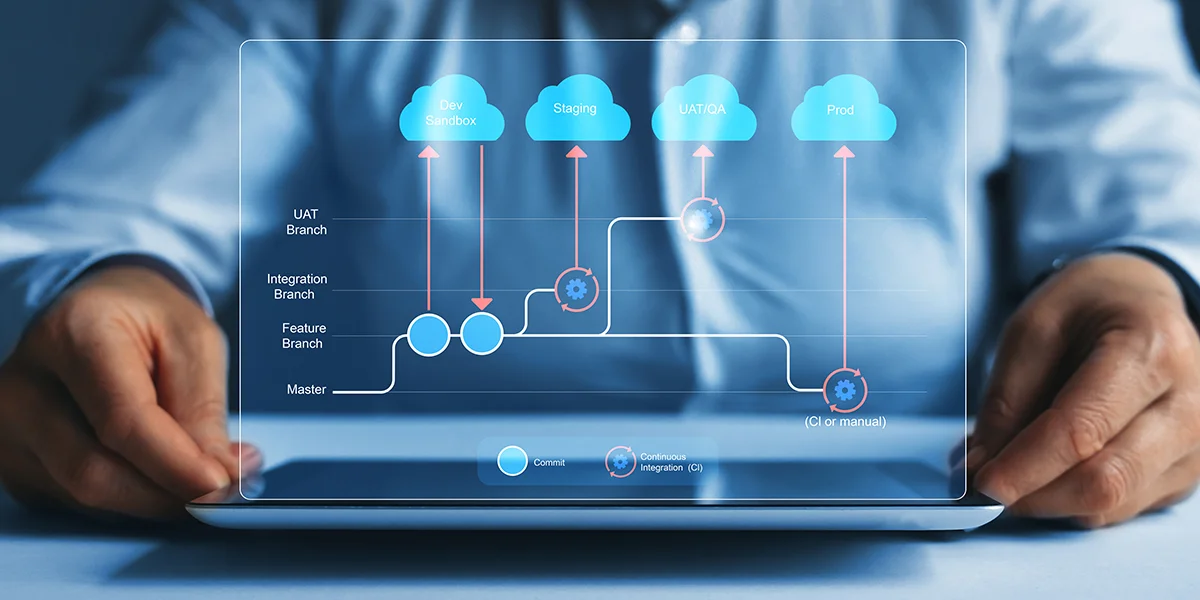Customer service KPIs matter. After all, poor customer service is the top reason that customers switch to another company. Most departing customers—over 66%—report service dissatisfaction as the reason.
And unhappy customers tend to talk, sharing their experiences with 9-15 people each. In 2018, businesses lost $75 billion due to customers switching to other brands. Lackluster customer care has real, and significant, long-range costs.
Your customer service team is the link between your company and your clients, so their service level can make or break your business. But how can you ensure your team is providing the white-glove service your customers expect?
Key Performance Indicators (KPIs) and metrics help root out and correct thorny service issues. Read on for your guide to the essential KPIs to monitor for your customer service team as well as important ways to make sure your agents are hitting their goals.
What’s the difference between customer service KPIs and CUSTOMER SERVICE metricS?
“KPI” and “metric” each refer to a different aspect of your business. Both help measure and analyze important factors in your company. KPIs determine how successfully you’re achieving business objectives and how well you’re reaching your goals. Metrics measure the effectiveness of your specific business processes, from productivity to service levels.
The Top 7 Customer Service KPIs
Effectively managing your customer service teams can have a huge impact on your bottom line. The KPIs and metrics below will help measure your agents’ quality of service, pinpoint areas that need to be improved and increase your overall customer satisfaction rate.
1. Customer Retention Rate (CRR)
One of the most important factors in your company’s success is the percentage of your customers that stick with you. Since losing customers can cause severe losses to your revenue, this is a KPI that you can’t ignore. To find your customer retention rate, subtract the number of new customers acquired during the selected time period from your total number of customers, and divide by the number of customers you had at the beginning of the time period. Multiply by 100 to get your percentage. Take a look at your rate against the average for your industry.
2. Customer Satisfaction (CSAT)
The customer satisfaction KPI measures almost every aspect of your business—from product to service to troubleshooting—contributes to your CSAT measurement. The main ways to measure customer satisfaction are customer feedback and service team data metrics. If you’re losing customers at a higher rate than average for your industry, analyze the feedback you receive from customer surveys to find actionable items.
3. Customer Effort Score (CES)
The customer effort score measures the difficulty or ease with which a customer can conduct business with you. The CES KPI can be effectively measured with a simple survey as people are finishing a transaction or information request. Optimal CES should average five or higher.
4. Net Promoter Score (NPS)
Customer recommendations drive the growth of your business. The net promoter score falls in one of three categories: promoters, neutrals, and detractors. To calculate NPS, subtract the percentage of detractors from the percentage of promoters that you receive. Gather these scores by emailing surveys to your clients after they interact with your service or sales teams.
5. Average Ticket Resolution Rate
The average ticket resolution rate is measured by monitoring how long each help desk ticket takes to resolve and dividing by the number of tickets your team handles. The average resolution rate should meet 74%, though this percentage varies based on industry, contact method, and complexity of the request. An intelligent knowledge base tool will immediately improve your ticket resolution rate.
6. Response Time
Your response time metric goal depends on the methods your customer uses to contact you. The lower your response time, the better—though the quality of the response matters as well. If a chatbot responds within seconds but fails to resolve the customer’s issue, the response rate matters less than the frustration your customer might feel. If your customers are raising flags on a technical issue, and response times are poor, it could be that a better diagnsotic solution is in order.
7. Escalation Rate
The percentage of tickets that get transferred to your escalation queue defines your escalation rate KPI. A “good” escalation rate varies from industry to industry. If your escalation rate starts to rise, take a look at how you’re empowering your agents.
How to Use Customer Service KPIs to Improve Customer Satisfaction
Some of these metrics dovetail with one another. For example, response time has an effect on customer effort score and ticket resolution rate. If you’re not monitoring any customer service KPIs or metrics, start by choosing two or three measures to focus on. Once you’ve collected your data, you’ll have the information you need to improve your metrics and increase overall customer satisfaction. Remember that improvement is a continuous process. Be patient and share data and customer feedback with your teams as needed.
Find Out What Works for You–And Your Customers
Your customers expect experienced, responsive, empathetic service, and measuring KPIs and metrics will help your agents provide that. With this data, you can coach low-performing agents and ensure better customer support.
Tweddle Group’s customizable solutions can help bring your customer service performance to a new level.



